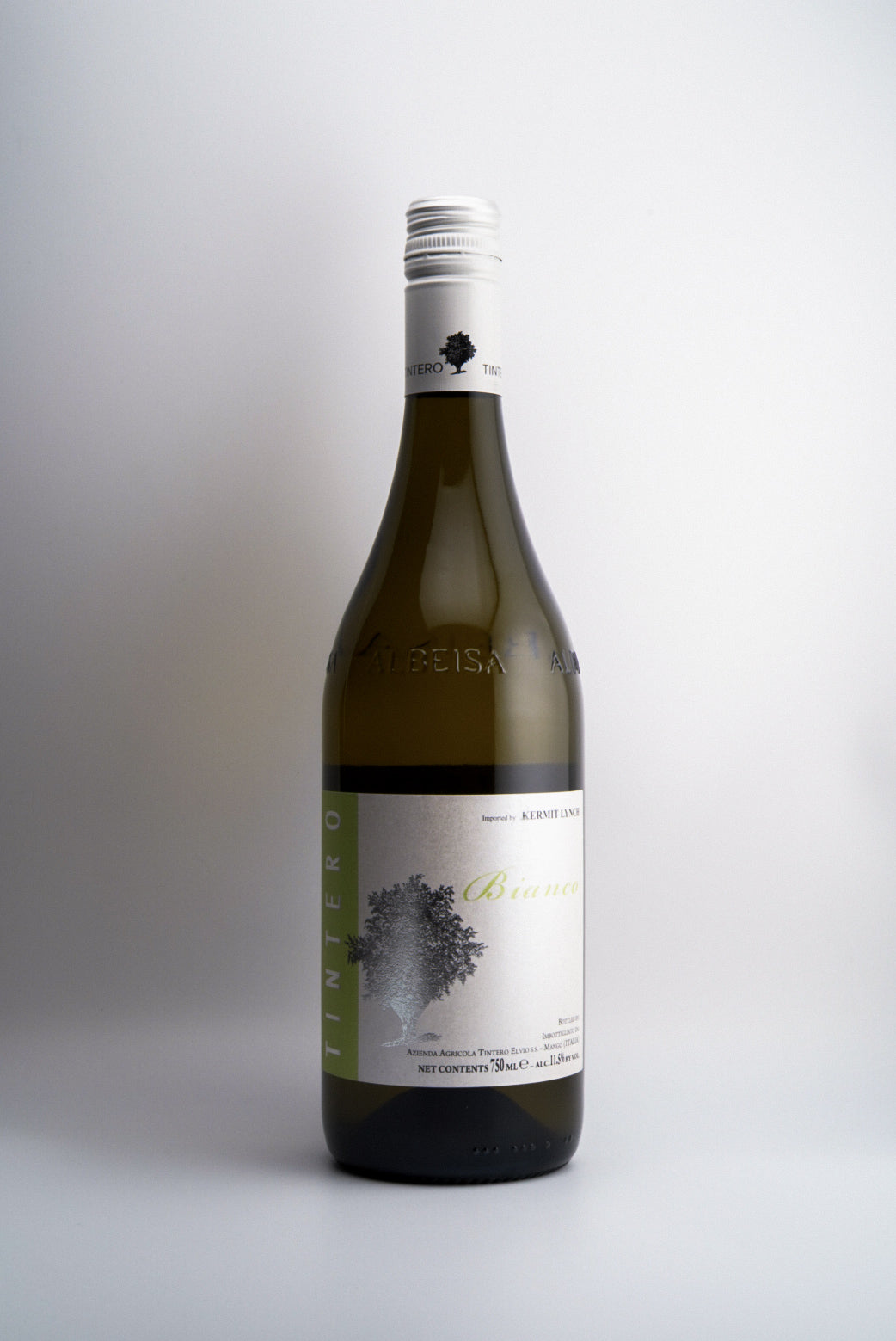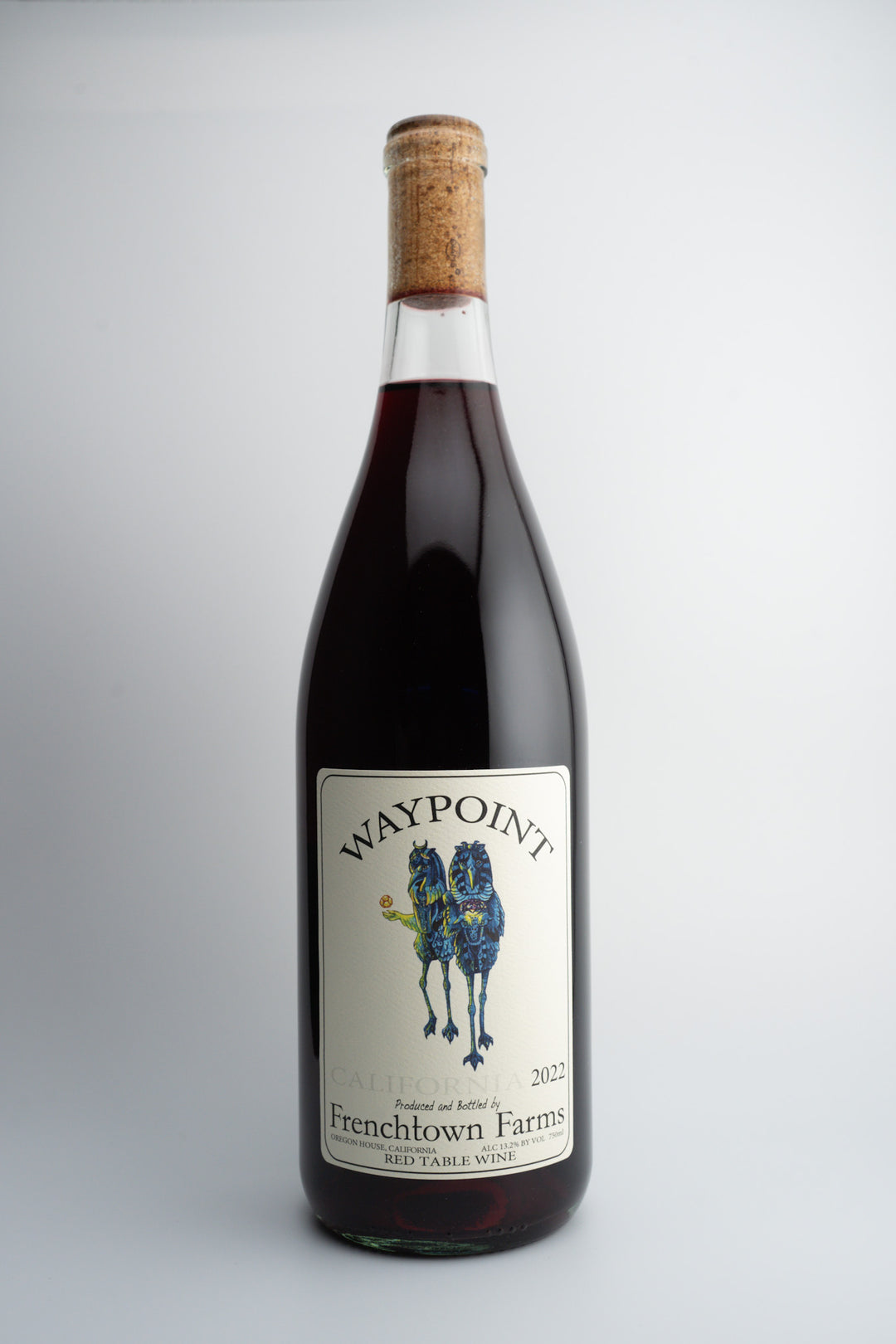Exploring White Wine
Exploring White Wines - Week 2 of Wine 101 Course
Welcome back! Before we dive into the diverse world of white wine grapes, let's first understand the process of making white wine and how it differs from red wine production.
The White Winemaking Process While both red and white wines start with harvesting ripe grapes, their paths quickly diverge. For most white wines, the grapes are gently pressed soon after picking to extract the juice and minimize contact with the skins and seeds. This ensures the finished wine retains a pale, straw-like color without extracting harsh tannins.
The pressed juice is then moved into temperature-controlled tanks or barrels for fermentation. Cooler fermentation temperatures help preserve the grapes' fresh aromas and flavors. Unlike red wines, there is typically no extended skin contact maceration.
Once fermentation converts the sugars to alcohol, the new white wine is clarified, stabilized, and often aged for a period before bottling. Some richer, fuller-bodied whites see oak aging to impart toasty vanilla and spice notes.
It's important to note that while most white wines are made from white grape varieties, they can also be crafted from red grapes as well. "Blanc de Noirs" or "white from black" refers to white wines made by quickly removing the juice from red grapes like Pinot Noir or Merlot, minimizing color extraction.
With that primer, let's now explore the vast world of white wine grapes and their distinct aromas, flavors, and textures:
Chardonnay One of the most widely planted varieties, Chardonnay's versatility allows for a tremendous range of styles. Cooler regions like Burgundy produce leaner versions with crisp apple, citrus and mineral notes. Warmer climates like California foster richer, fuller-bodied Chardonnays with ripe tropical fruit, butterscotch, oak spice and a creamy texture.
Sauvignon Blanc The quintessential crisp, refreshing white known for zesty aromatics. From Marlborough, New Zealand you'll find intensely zingy styles with grapefruit, passionfruit, and jalapeño notes. The Loire Valley in France produces racier, more herbaceous and flinty versions while Napa highlights riper tropical tones.
Riesling One of the most aromatic and complex whites, Riesling captivates with sublime floral, stone fruit and citrus notes. From Germany, dry Rieslings are steely and minerally while off-dry to sweet styles reveal luscious peach, apricot, honey and petrol accents. Alsace produces richer, fuller Rieslings.
Chenin Blanc This versatile French grape yields dry, off-dry and sweet wines. Dry Chenin Blancs from the Loire show crisp green apple, quince and honeyed notes. Off-dry versions delivery riper pear and rich nectar tones. Sweet styles can age for decades developing immense complexity.
Pinot Gris/Pinot Grigio Though related grapes, Pinot Gris (France/Oregon) and Pinot Grigio (Italy) differ in style. Gris is richer and more viscous with pear, apricot, smoke and spice notes. Grigio is typically light, crisp and refreshing with zesty citrus, green apple and almond flavors.
Viognier This aromatic French variety produces lush, full-bodied whites brimming with peach, apricot, honeysuckle and spice from the Rhône Valley. Viognier has a creamy texture yet retains bright acidity. California and Australia highlight Viognier's exotic perfume.
Gewurztraminer The "spicy traminer" from Alsace is a highly aromatic, floral variety known for intense lychee, rose petal and exotic baking spice notes like clove and ginger. On the palate, it's rich yet balanced by vibrant acidity.
Vermentino An Italian coastal grape that also thrives in southern France, Vermentino offers a delightfully crisp, zesty citrus profile with herbs, salty minerality and lively acidity. Its lip-smacking freshness makes it an ideal match for seafood.
Roussanne One of the great whites of the Rhône Valley, Roussanne makes richly textured, age-worthy whites with signature flavors of pear, honey, chamomile and savory nuttiness. Over time it develops accents of caramel and exotic dried fruits.
Pinot Blanc A genetic mutation of Pinot Gris/Noir, Pinot Blanc from Alsace and Oregon yields vibrant, appley whites with zesty citrus blossom, honeydew and mineral notes. It has a bright, crisp profile but carries more texture than Pinot Grigio.
Soave The Italian white Soave is produced from the Garganega grape in the Veneto region. Vibrant examples show pretty lemon-lime, green apple, almond blossom and saline mineral accents with a crisp, refreshing palate.
Glera (Prosecco) The main grape of Italy's beloved Prosecco sparklers, Glera yields citrusy, green apple scented wines with a bright, clean palate accented by floral honey notes. Lighter Prosecco is crisp while richer styles develop baked apple and cream character.
Grenache Blanc Though lesser known than Red Grenache, this white Rhône variety yields full-bodied, aromatically intense wines redolent of white peach, apricot, lemon blossom and mineral notes. It has a polished texture with warming alcohol and zesty acidity.
Fiano An ancient Italian grape from Campania, Fiano produces age-worthy whites with rich textures yet lively acidity. Aromas and flavors suggest honey, dried herbs, waxy citrus peel, saline minerality and lightly nutty, phenolic accents.
Albariño This zippy Spanish grape from Rías Baixas is gaining popularity for its zesty, intense citrus blossom, grapefruit, saline and faint herbaceous aromas leading to a laser-focused palate with mouthwatering acidity. A superb pairing for seafood.
Sémillon A key component of White Bordeaux blends, Sémillon lends a rich, waxy textured backbone with flavors of lemon curd, hay, lanolin and toasted almond. As it ages it develops intense notes of baked apple, ginger, honey and chamomile.
Grüner Veltliner
Austria's signature white, Grüner shows vibrant citrus pith, green apple, white pepper and radish-like spice aromas with a juicy, minerally palate. With age it can develop intense notes of lentil, yeast and exotic spice.
Torrontés Argentina's floral and aromatic signature white, Torrontés seduces with tropical lychee, rose petal and zesty citrus backed by herbaceous notes of thyme and lemongrass. Lighter styles show bright fruitiness while some see brief oak aging for richness.
Assyrtiko
The iconic, age-worthy Greek grape yields intensely vibrant whites redolent of lemon-lime zest, salty minerality, chalk and wild herbs. As it develops, nutty, honeyed and kerosene accents emerge yet it retains electric acidity.
As you can see, the world of white wines offers tremendous variety when you explore the diversity of grapes across different regions. From crisp and minerally to lush and exotic, each variety carries a distinct personality. Take notes, pick up on nuanced aromas and flavors, and let your palate develop its preferences!
Next week, we'll dive into the world of red wine grapes and their unique identities. Your vinous journey continues - keep exploring and expanding your palate! Cheers!




















